7 Things You Should Know Before Making Your First Documentary
We took our first feature doc from MFA Thesis to broadcast. Here's what we learned.
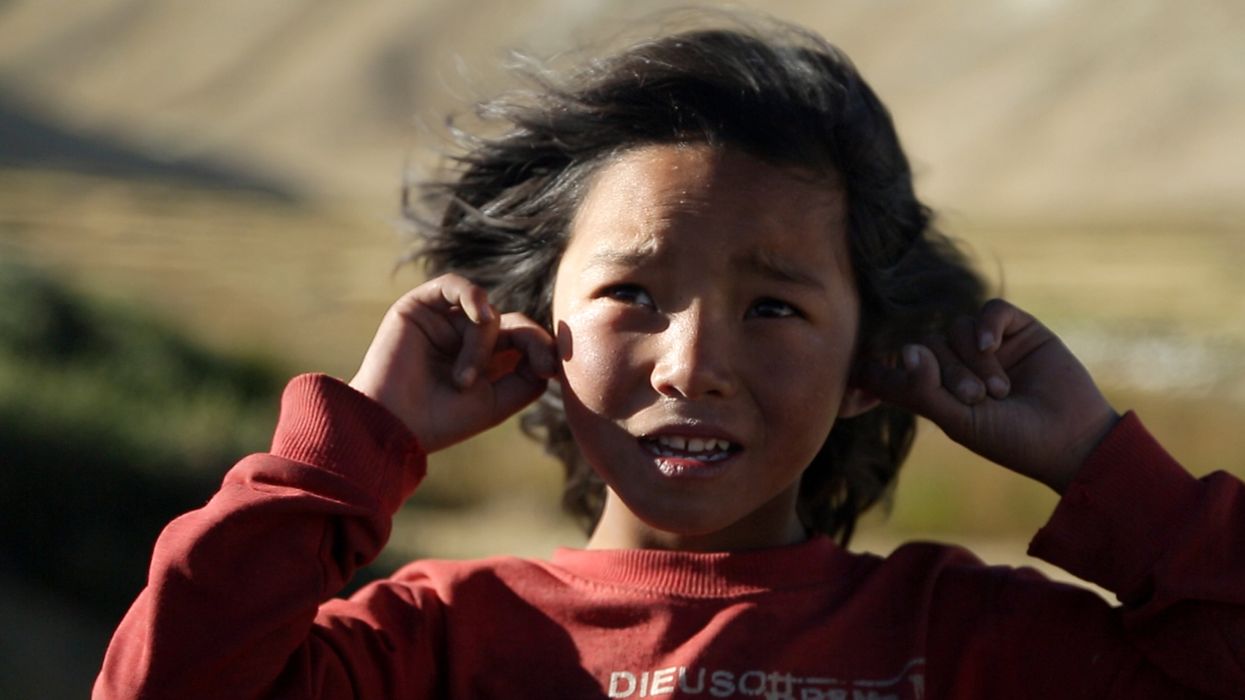
[Editor’s Note: No Film School asked Producer Erik Spink to write about lessons learned on ‘Tashi’s Turbine’ before its PBS re-broadcast.]
In the Spring of 2012, Amitabh Joshi began researching for his thesis film at The School of Visual Arts in the MFA program for Social Documentary Film. Joshi, a Nepali-American, knew that he wanted to tell an inspiring story about youth in Nepal making a positive impact on their community. He discovered Tashi Bista, an environmental activist with a dream to harness the wind and bring light to a village lacking electricity, which inspired him to begin planning how he would document the story—starting with a journey into Mustang, Nepal, nestled high in the Himalayan Mountains.
I was Joshi’s classmate in the program of thirteen MFA candidates. He gave me the opportunity to get involved in the project, which I eventually joined as co-producer. We worked for two weeks in a basement in the Bronx to make a stop-motion animation Kickstarter video explaining the story that Joshi imagined. A few weeks later, Joshi left New York City for three months to film the feature documentary in Kathmandu, Nepal and Upper Mustang.
Just because you are making a documentary does not mean that you stop thinking like a filmmaker.
When production began, we couldn’t have imagined that this film with such humble beginnings would reach so many screens around the world. In November 2016, Tashi’s Turbine had its broadcast premiere on PBS’ The World Channel. Now the film is available for streaming, rental, purchase, and educational licensing through Documentary Educational Resources and Vimeo on Demand.
Below are some of the lessons we learned from each step of the process of making our first feature length documentary.
1. Story: Think like a screenwriter
Just because you are making a documentary does not mean that you stop thinking like a filmmaker. Filmmaking is visual storytelling. If you can turn the sound off on your documentary and still understand the story, then your film is a success. What will your audience see?
It’s important to keep asking yourself this question throughout the entire process. We spent quite a bit of time thinking about the visuals before Joshi recorded a single frame of video. We looked at photographs and other films shot in the region to get an understanding of how we would show the landscape. We knew the environment would be a character in this film about battling the wind. How would we show the wind?
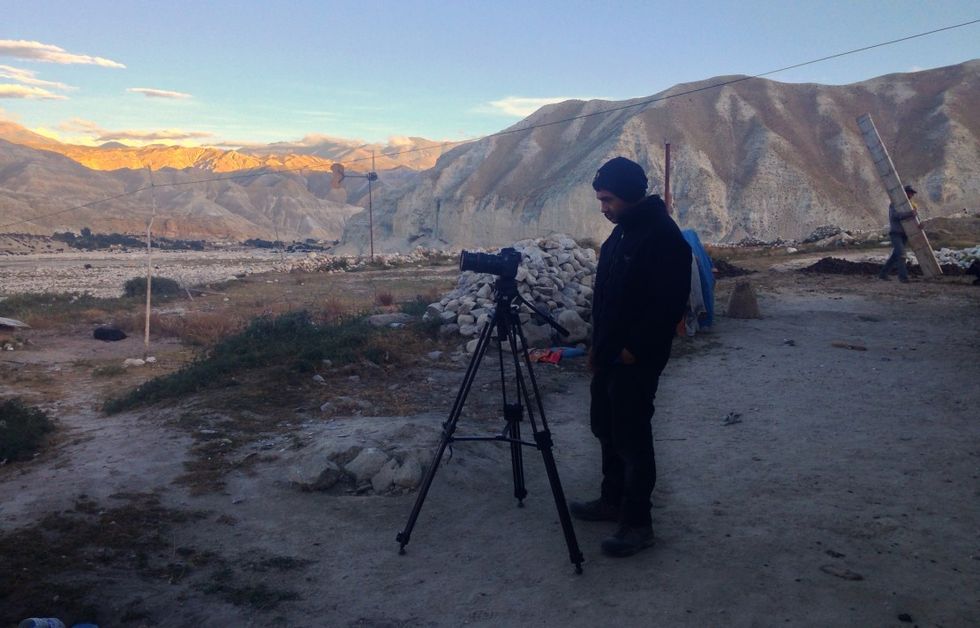
2. Funding: Money draws money
Early on in the production, we started a modest Kickstarter Campaign to raise $5,000 for initial development funds. This paid for the first two production trips in the Summer of 2012. It also helped us prove to grant makers and other funders that we were already building an audience and had a community of people who believed in the film.
The footage gathered on those first two trips enabled us to create a proof of concept to gather more support from grants and organizations. Eventually we received support from organizations such as The Princess Grace Foundation and The Center for Asian American Media.
To ensure our equipment would not fail, we brought at least two of everything.
3. Production: Have a plan B,C,D, and E
Whether it's production gear or a back-up storyline, have alternative plans for every step of the process. People, logistics, and equipment will change, break, or get lost. You must have a solution in place so that you can continue to move forward or pivot without wasting time.
When we started production on Tashi’s Turbine, we knew it was a gamble to travel all the way to Mustang, Nepal with the possibility of not capturing the story we had imagined, so we followed two other stories simultaneously in the same region as a back-up plan to reduce the risk. Luckily, the story we set out to capture is the story that became the film. We plan on releasing two short films about those alternate stories later this year.
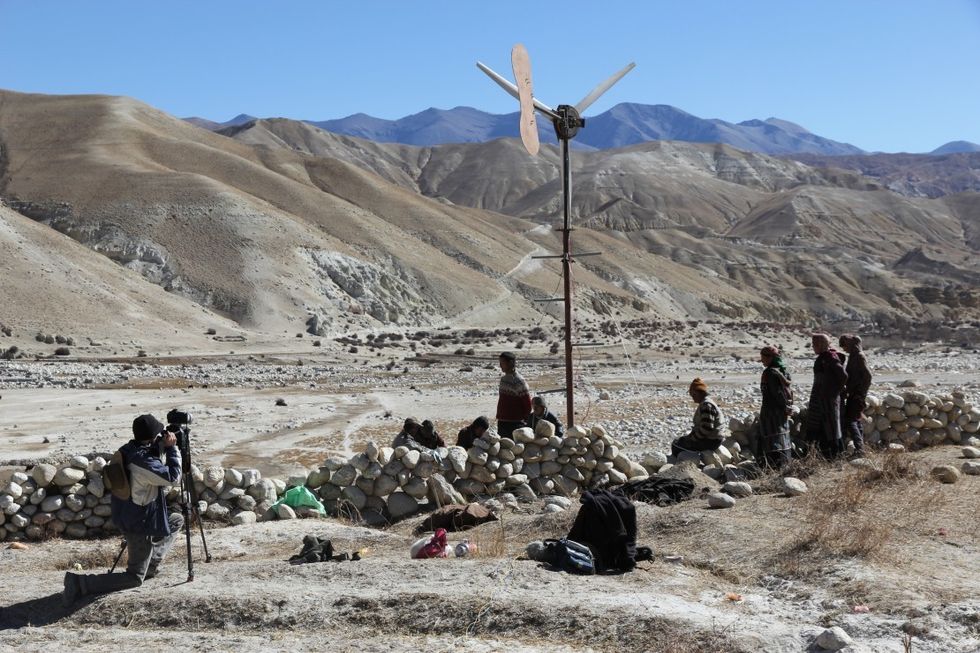
On one trip, two battery chargers had broken due to power supply issues. Joshi had to hitch a ride on the back of a motorcycle heading towards a neighboring village to hunt down a tourist who luckily had the same DSLR camera. He loaned us his charger for the rest of the week. You have to think on your feet.
We learned so much after each shoot by reviewing and starting to edit our footage while still in production.
4. Editing: Post starts during production
Start reviewing your documentary footage immediately. Do not wait until you are done with production to start editing your film. At the very least, watch your raw footage throughout the process. We learned so much after each shoot by reviewing and starting to edit our footage while still in production. Editing during production helps you realize what you have missed perhaps find solutions to fill those gaps.
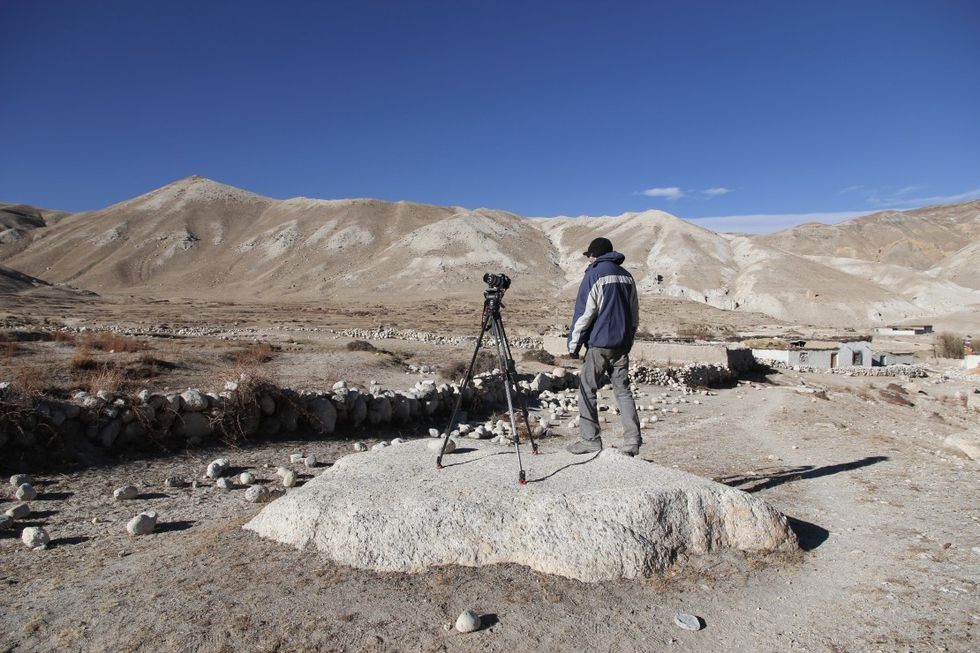
5. Community: Do not journey alone
Even if you prefer to work as a one-person crew, it’s still essential to build a network of filmmakers to support you through the process. We built a small team early on. As mentioned, Joshi invited me on as co-producer to aid in the development of the project. We then pulled in a second co-producer, Nabin Uprety, who was based in Nepal, to make those initial trips run more smoothly. Later on, we hired an additional sound recordist, Praku Pandey, also based in Nepal.
Tashi’s Turbine started as a thesis film, so at the time we were still involved the graduate school community. We had eleven other classmates in the program and seasoned faculty who served as both advisers and our first audience to offer constructive criticism. Eventually, we worked with other artists, including composer John Kruth and sound designer Frank Turbe. Their contributions and other collaborations were essential to making the film a reality.
You may have to think outside the box office to get your film out to wider audiences.
6. Distribution: Each film will take its own path
Distribution of this independent documentary, like most other films today, involved a combination of many platforms. We received distribution through film festivals worldwide, Comcast VOD, public broadcast through Center For Asian American Media and Center for Public Broadcast on PBS’ The World Channel, simulcast livestream on Facebook Live, educational distribution through DER, and home video rental through Vimeo On Demand.
We have also hosted several community, university, and institutional screenings that have sparked conversations about rural Nepal, alternative energy, Himalayan culture, and youth-led initiatives. There is never one single distribution solution, and you may have to think outside the box office to get your film out to wider audiences.
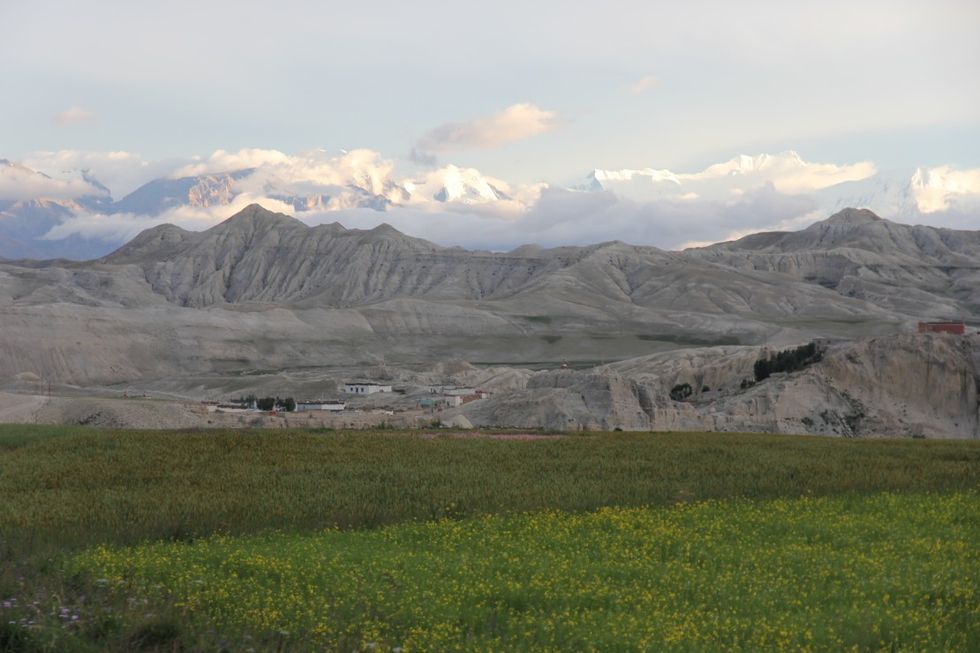
7. Commitment: Love your story or choose something else
We worked on this film for five years. If we were not completely committed to telling this story, it would have been a much more difficult journey. Choose a subject and story that you are passionate about sharing with the world. Be able to explain it in a single sentence. Love your story. Know your story. And audiences will follow.
Erik Spink is a producer at Vacant Light, a film and media production company based in New York City. Tashi's Turbine will re-broadcast on The World Channel on Sunday, January 29.











